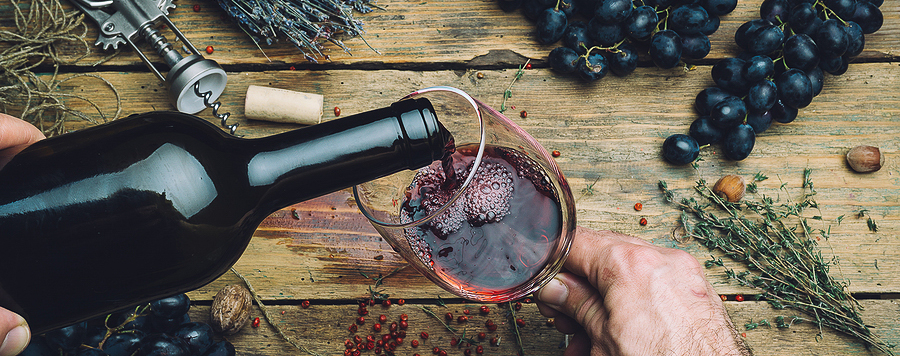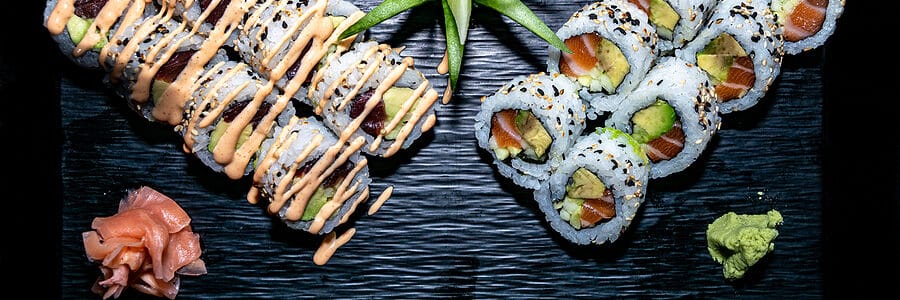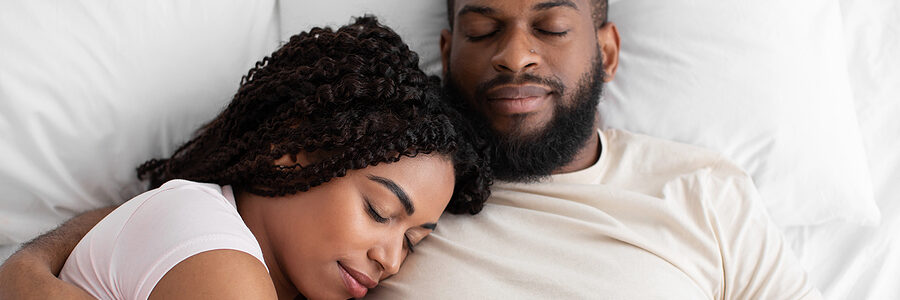
Lower Pressure Blog
Tips, tricks and news about hypertension, stress and sleep

The Art of Falling Back to Sleep After Waking Up
Sleep, that elusive state of rest and rejuvenation, can sometimes feel like a fleeting companion. We’ve all experienced those frustrating moments of waking up in the middle of the night, only to find ourselves staring at the ceiling, longing for the sweet embrace of slumber to return. But fear not, for the art of falling …
Continue reading “The Art of Falling Back to Sleep After Waking Up”
Popular Posts

 Eli Ben-Yehuda
Eli Ben-Yehuda 










